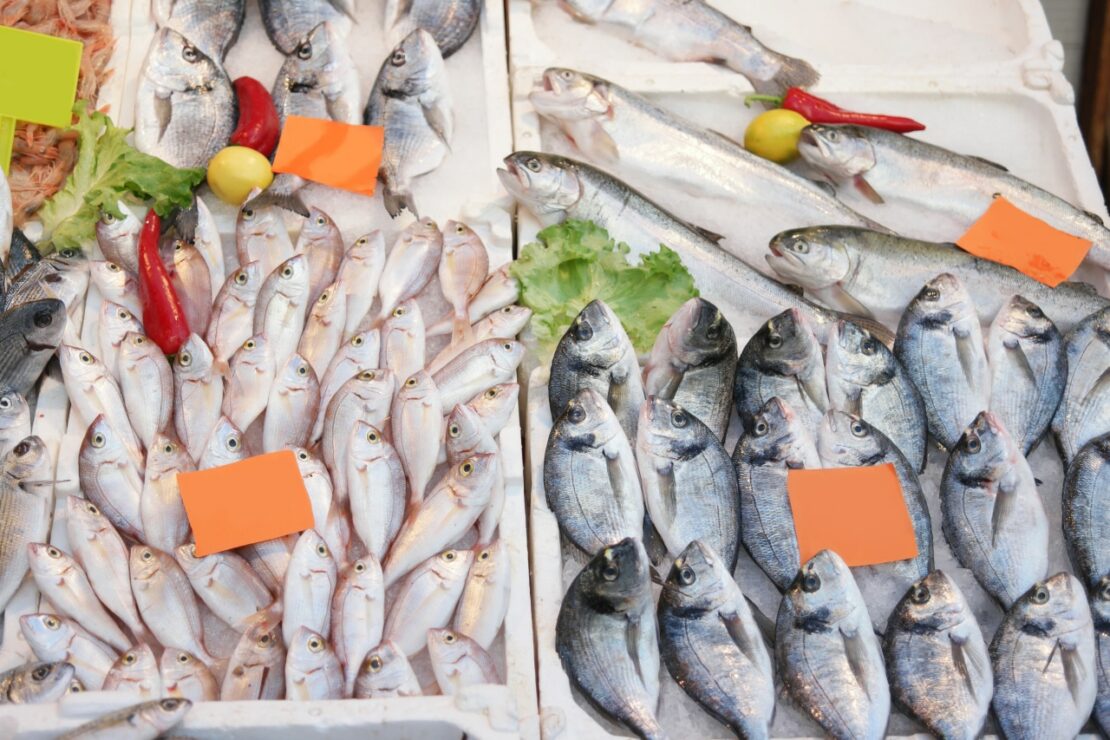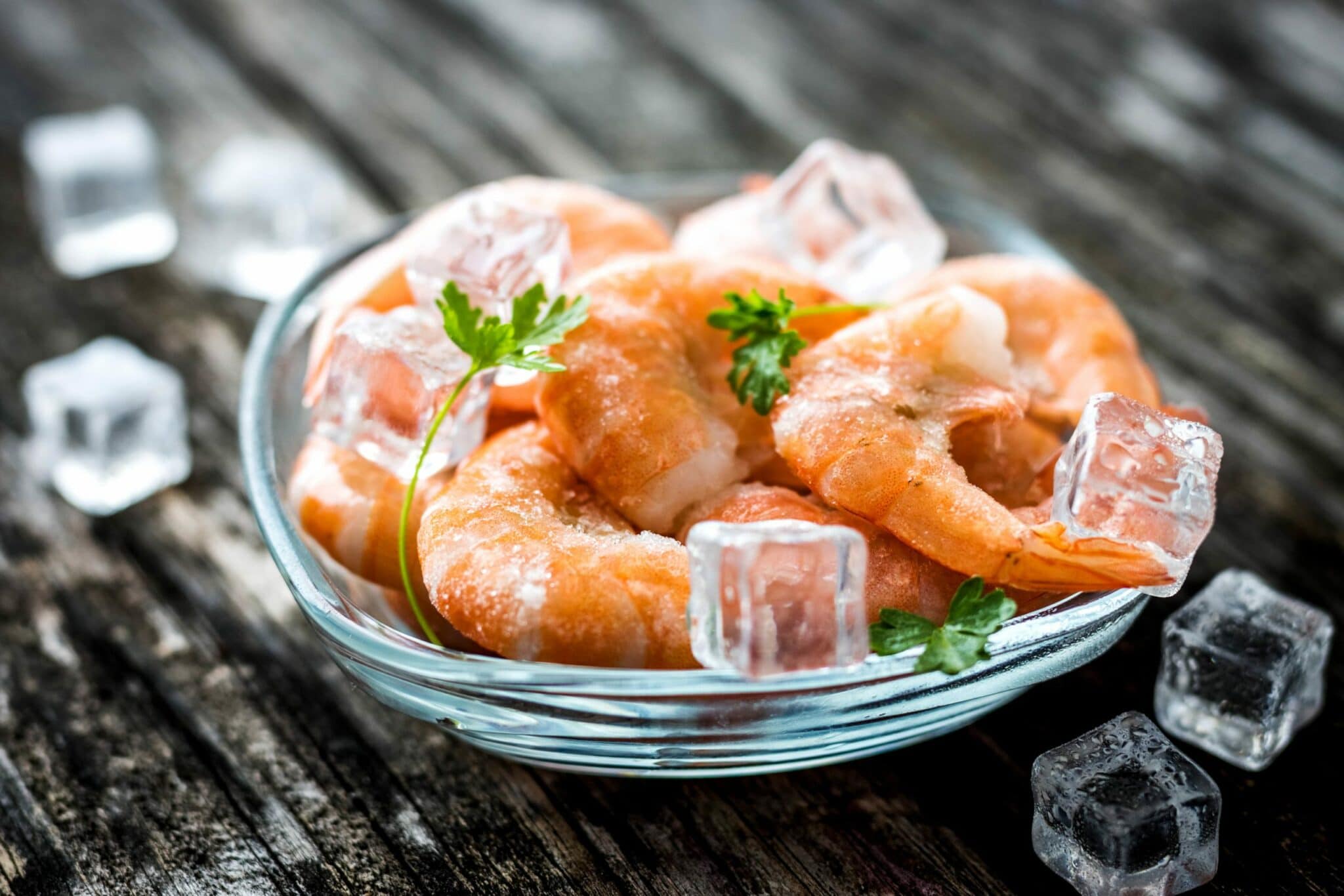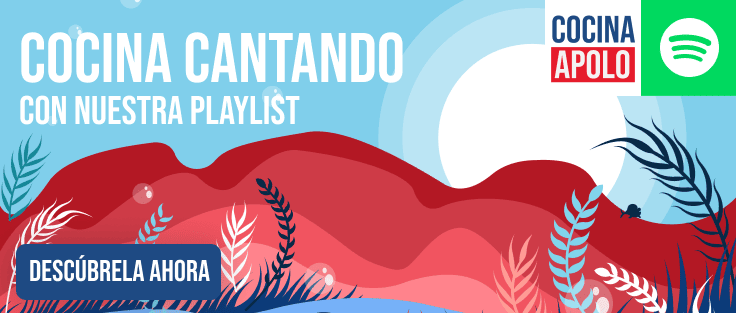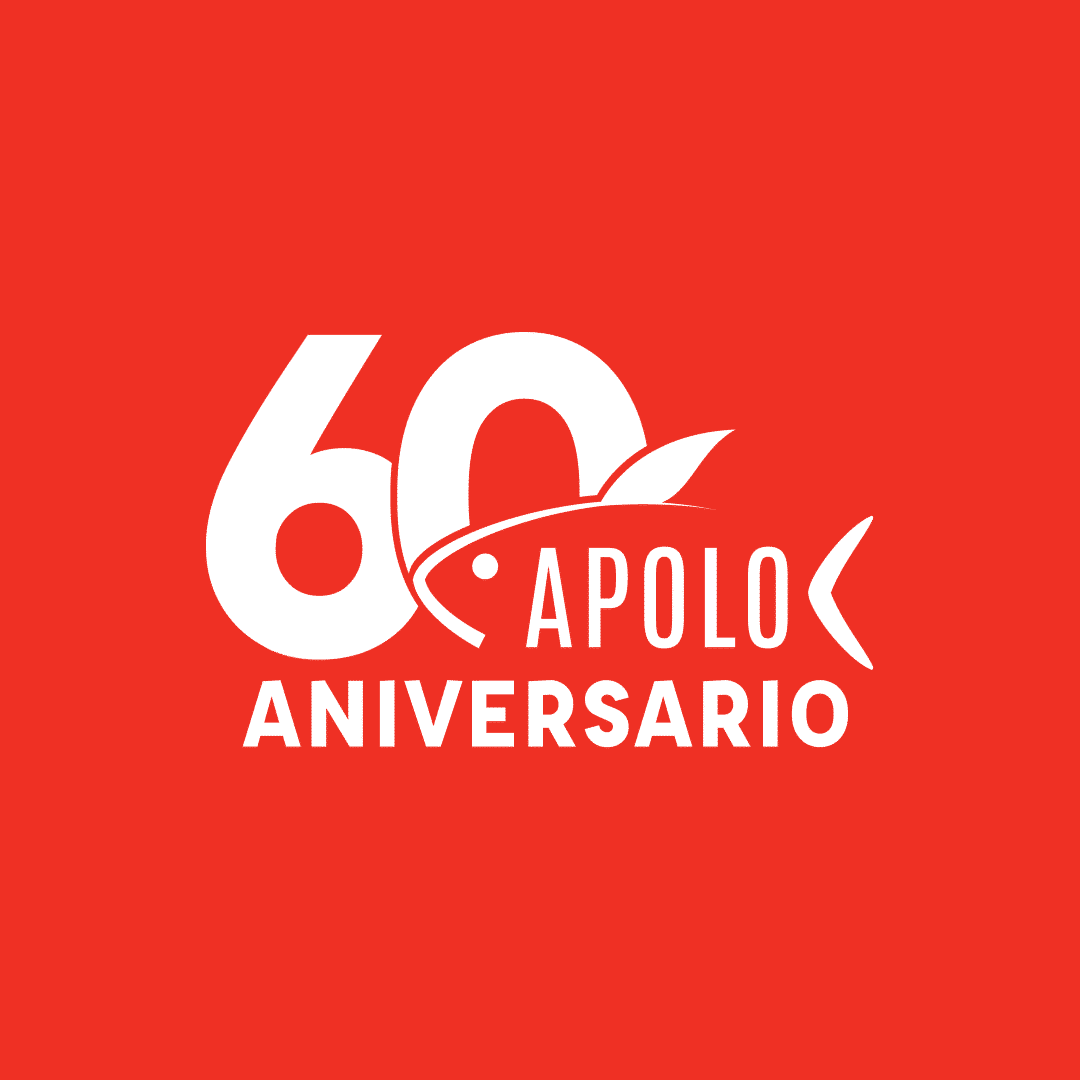Proper food preservation is essential to prevent food from spoilage and bacteria and to avoid health problems for those who eat it. It is important to know the types and techniques for freezing food.
What does freezing consist of?
Before we start talking about the types of freezing that exist, it is important to know what happens when we freeze food. When we freeze a product, what we are doing is freezing the water it contains.
Freezing acts on the water that is bound to cells such as proteins, leaving the other components virtually unchanged.
Freezing food allows food to be preserved for extended periods of time. The proliferation of bacteria and enzymes that cause food to decompose is paralyzed. Here you can see the characteristics of the food:
- Fish: contains about 65-81% water inside and the frozen shelf life is usually 3-6 months.
- Meat: contains about 55-75% water. The duration they should be frozen is up to 12 months.
- Vegetables: contain the most water, with 87-97% and last frozen for 8 to 10 months.
Types of freezing
There are three types of freezing depending on the types of freezers and the type of product to be frozen.
- Slow freezing: This type of freezing is used when they are large products and are stored in large freezers, which requires them to be large capacity chambers to store a large quantity. It maintains the quality and does not alter the taste or smell of the products. The freezing time is long.
- Medium freezing.
- Quick freezing: This type of freezing is used in kitchens and in the food industry for quick freezing. It is a sudden cooling and the products are usually frozen in less than 4 hours.

Freezing techniques
To each freezing speed belongs a type of freezing technique, which will help the freezing process to respect the nutrients and flavor of the food.
- By contact: this involves a cold surface that extracts heat from the product. Seafood and fish are usually frozen this way.
- Cryogenic methods: cryogenic fluids such as liquid nitrogen or carbon dioxide are used to create a freezing effect. This process is known as deep freezing.
- By air: a stream of cold air extracts heat from the product until the desired freezing temperature is reached. It is usually used in products of a small size.
In Mariscos Apolo we carry out the freezing process of our products taking into account each food that is frozen for a correct treatment and to ensure the highest quality. Most of our facilities are destined to cold storage.
For more information about our freezing processes, please do not hesitate to contact us.





